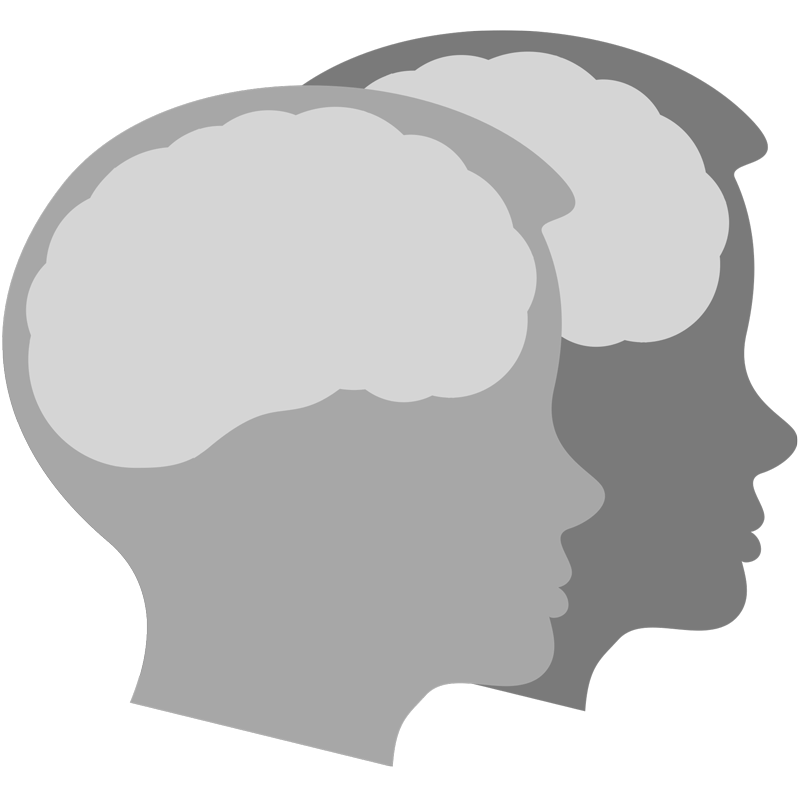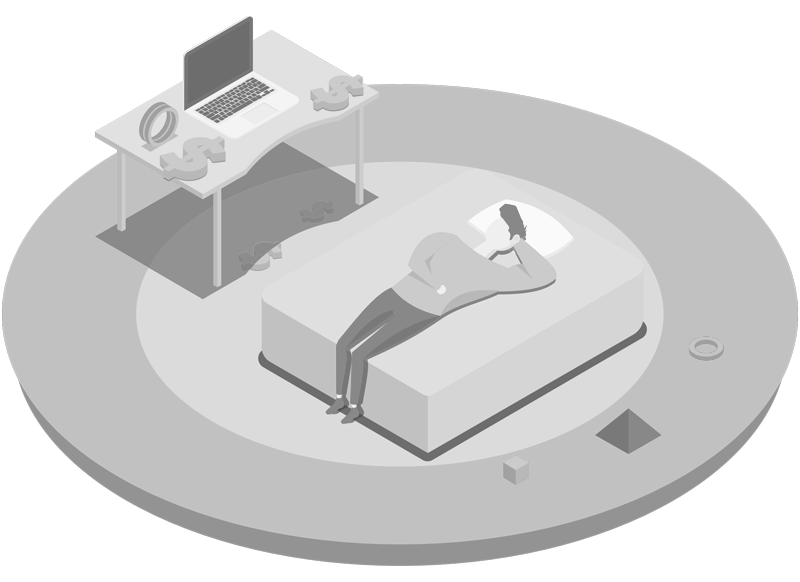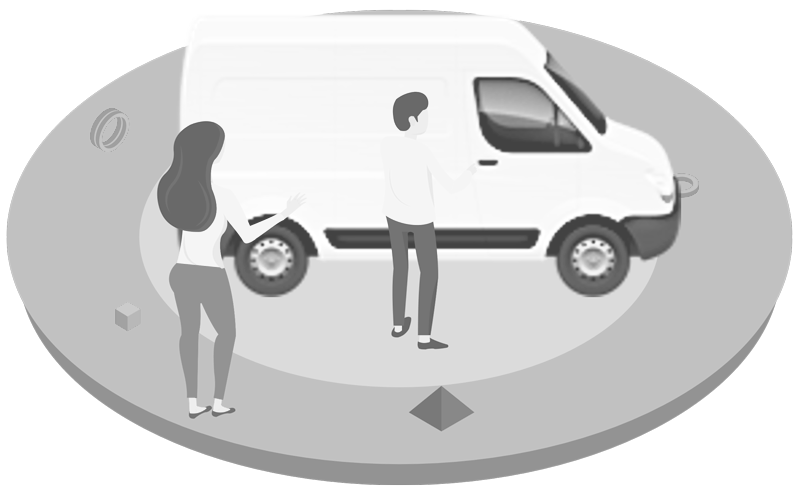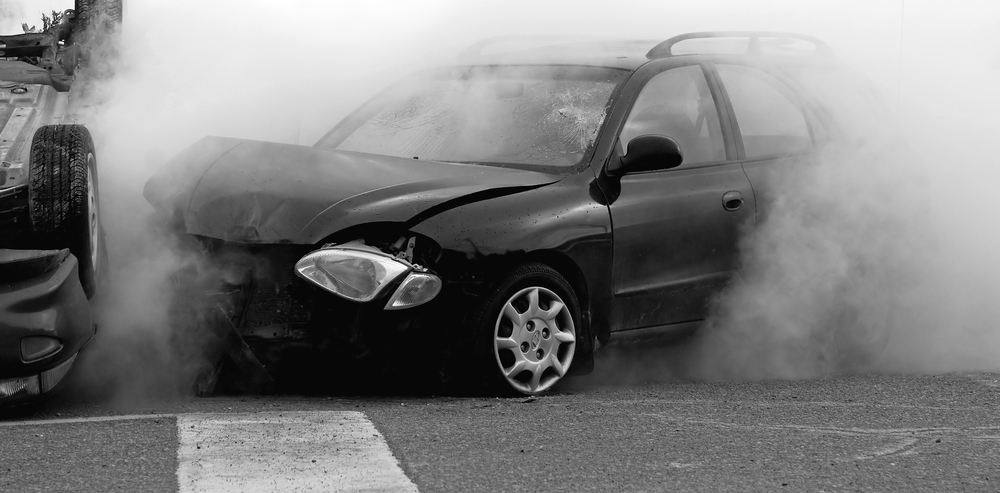The average on-the-job vehicle collision will cost an employer:

$16,500 Without Injury.

$74,000 With an Injury.

$500,000 With Fatality.
PTP Methodology
3 Elements of Learning
CPD has developed a highly successful, proprietary driver training methodology called PTP which is build around 3 elements of learning:
Psychological
- Why we drive the way we do.
- CPD has developed a set of comprehensive guidelines to driver training that incorporates complex assessments of driving personality with the tenets of learning theory. Utilizing this framework we provide the drivers with the tools and understanding that will lead to a change in their driver behaviour.

Theoretical
- Defensive Driving concepts and theory.
- With an insight into the various behaviours and driving styles, we establish a foundation of knowledge around the Theoretical components of professional driver training.
- Through the utilization of basic vision, space and communication skills, drivers learn how they can be effectively applied to reduce the chances of being involved in a collision. The Instructor develops the participants understanding of the vehicle characteristics, applicable laws and regulatory frameworks associated with managing and operating the vehicles.
- The CPD theoretical component incorporates our understanding how ‘learners learn’ which enables us to put together group learning, which enhances adult learning principles.
Practical
- Real hands-on experience to develop and correct habits – because adults learn best by doing.
- Adult learners are most successful when they are able to apply the information presented in a structured classroom environment. Practical in-vehicle exercises are designed to complement the knowledge of the drivers by providing them with actual hands-on practical experience.
- Each driver will have the opportunity to learn the maneuvers demonstrated, providing them with the tools necessary to continue to practice their skills properly in their driving environment.

Edutrainment
- Education
- Training
- Entertainment

Face-to-Face (Edutrainment) style
Our Face-to-Face “Edutrainment” style (education, training, entertainment) delivers education and training in an entertaining and engaging process that culminates in a great team building competitive ‘RODEO’ exercise complete with prizes for the winning team. These exercises are performed in company specific vehicles and are designed to complement the knowledge of the drivers by providing them with actual hands-on practical experience.





